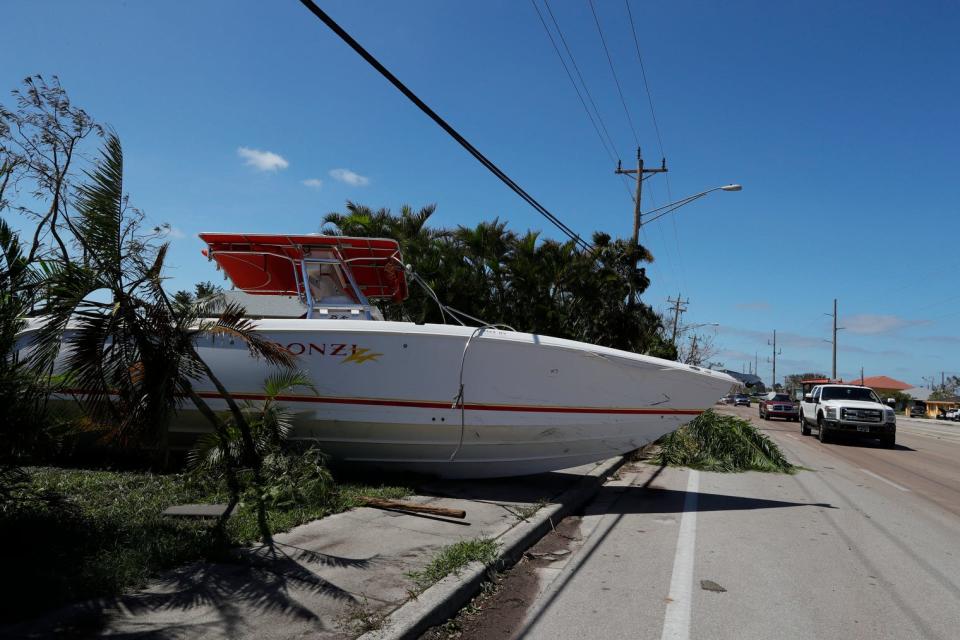Climate change and Hurricanes: Cape Coral singled out in new study. What we know
As terrible as Hurricane Ian was for so many of us in Southwest Florida, a new study reveals one part of the geography here will be more vulnerable than other locations in the future as the climate continues to change.
Cape Coral.

The Cape is one of the fastest growing cities in the U.S. with a population now exceeding 200,000. When Hurricane Ian slammed the Southwest Florida coast on Sept. 28, 2022, Cape Coral, along with Fort Myers Beach, Sanibel Island and Pine Island, was hit particularly hard. Power outages. Flooding. Excessive wind damage. These were the "highlights" from a storm that residents and businesses are still recovering from almost eight months later.
Climate change, hurricanes and Cape Coral: What we know
The long-term outlook based on a recent study? Expect more of the same and likely worse results due to climate change. Here is what we know:
USA TODAY, the parent newspaper of The News-Press and Naples Daily News, looked at data from First Street and Moody’s Analytics — two organizations examining future climate risk — to see what areas of the country are most at risk from these climate impacts over the next 30 years.
Florida has the most top spots on First Street's list of counties that could see the biggest increases in the number of days with the very warmest temperatures they experience today.
Cape Coral is in the top 9 for Florida cities when it comes to gradually increasing risk. Cities in this category face a "chronic physical threat" and are not tied to a single event, but face changes over a longer period. Changes include drought, heat and sea-level rise.
Two other Florida cities joined Cape Coral on this list: West Palm Beach and North Port.
The other cities are: New York City, Long Island, NY, Oakland, CA, Phoenix, Tucson, AZ, Wilmington, DE.
Florida, hurricanes and climate change: Did you know?
Florida ties with Louisiana with the lowest average elevation, just 100 feet above sea level, on average, according to Statistica.
The state with the lowest average elevation is Delaware, at 60 feet above sea level.
Florida has 8,346 miles of shoreline.
Florida has the most top spots on First Street's list of counties that could see the biggest increases in the number of days with the very warmBasest temperatures they experience today.
South Florida is forecast to see the biggest increases in the number of very hottest days, according to a new heat model and assessment by the First Street Foundation.
Based on the study, Florida tops the list when it comes to facing the greatest risks: 1=Florida, 2-Louisana, 3-South Carolina, 4-North Carolina, 5-Delaware
This article originally appeared on Fort Myers News-Press: Hurricanes fueled by climate change could impact cape coral florida

